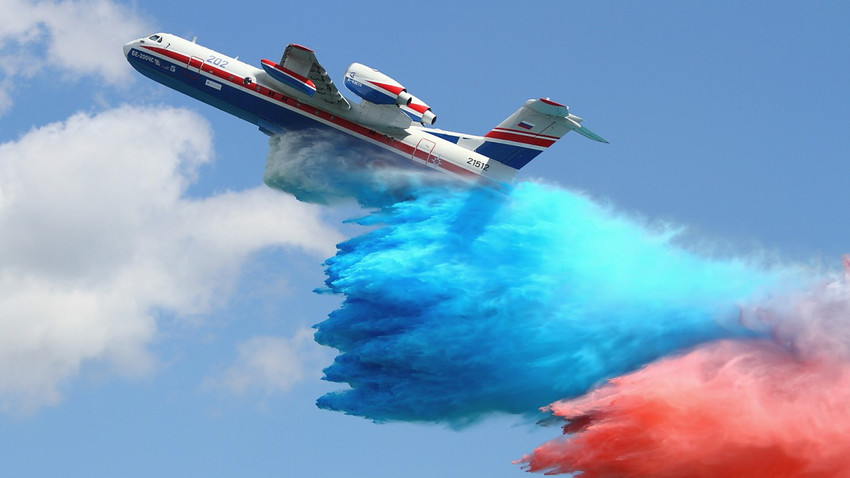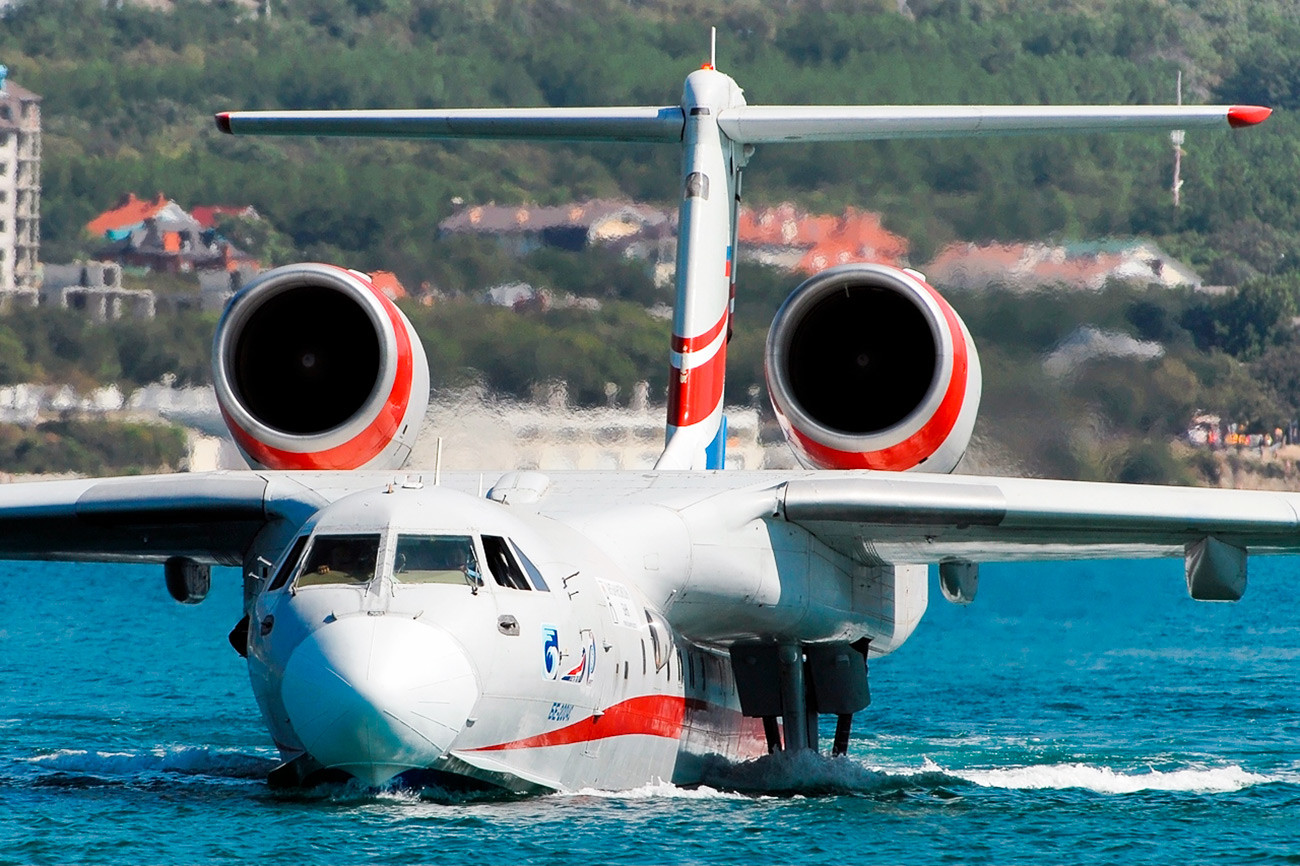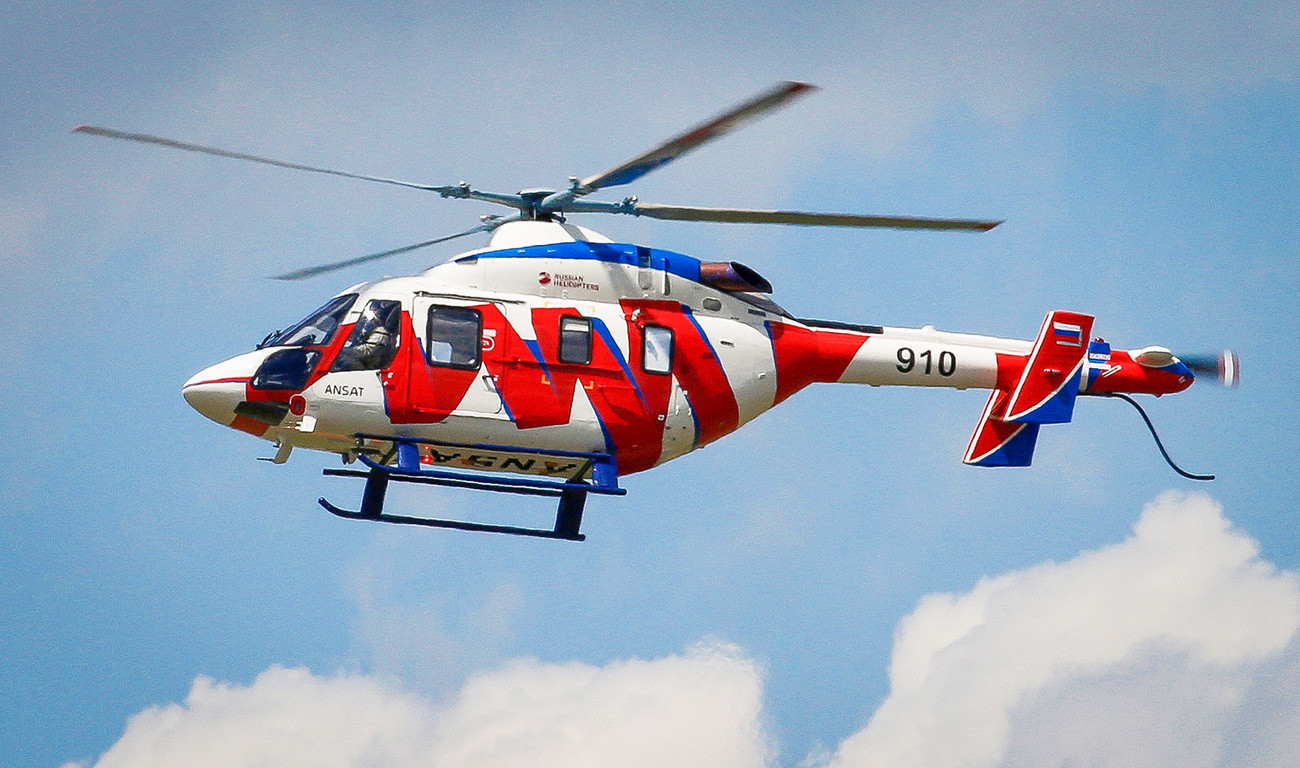Russia bares all at the Paris Air Show

For the first time since the Crimea crisis of 2014, which soured relations with Europe, the Russian aviation industry is set to present equipment at the Paris Air Show at Le Bourget in France. That said, Russia’s display is limited to civilian and dual-use products, since Moscow has few prospects of winning military orders from NATO countries.
This year, Ansat helicopters and Be-200 amphibious aircraft will be unveiled at Europe's top air show.
Rescue aircraft

The main feature of the “amphibian” is its ability to scoop water on landing, fill its tanks, and rise from the surface. Hence, its main buyers are countries with wide rivers and reservoirs, as found in South-East Asia and Latin America.
The vehicle is dual-purpose. It can load up to 12 tons of water into its tanks (it has eight water tank sections, with the option for simultaneous or sequential discharge), while also carrying up to eight tons of cargo.
Another interesting detail is that initially there were many different configurations of the aircraft in terms of “trim level” and purpose. At one stage, negotiations were even held with Rolls-Royce with a view to creating engines to promote the model in the West.
However, Russia’s Ministry of Defense and Ministry of Emergency Situations later decided to commit production to domestic enterprises to avoid being blown around in the political wind.
Ansat helicopter

It features a single-rotor design with two engines of 620 HP each. Additionally, the helicopter fuselage is made of composite materials, which smoothly transitions into the tail boom with horizontal stabilizer and endplates.
Depending on the configuration, the machine can be used for civil transportation (passengers, cargo), patrolling terrain, and search-and-rescue operations. On one tank of fuel, the chopper can cover a distance of 520 km at a cruising speed of 240km/h. Add to that a practical ceiling of around 6 km, depending on the load.
If using any of Russia Beyond's content, partly or in full, always provide an active hyperlink to the original material.
Subscribe
to our newsletter!
Get the week's best stories straight to your inbox